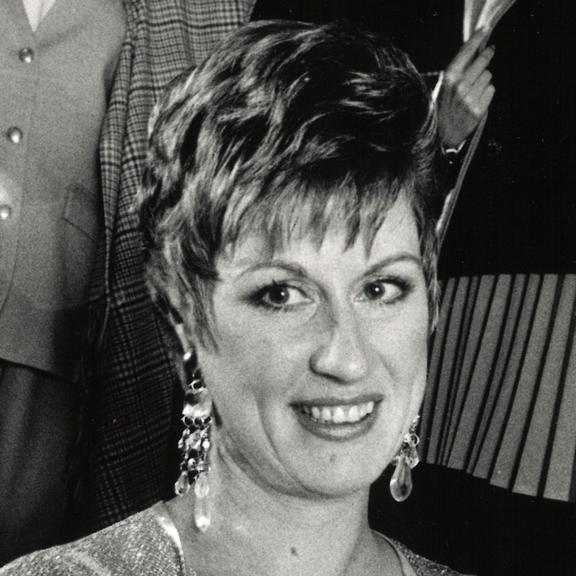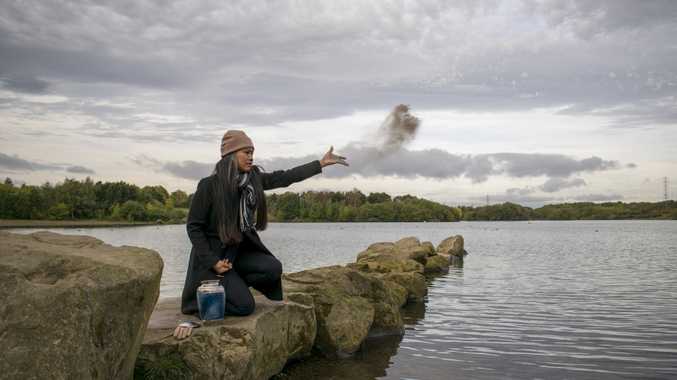Perri Cutten: A Timeless Legacy in Fashion
Remembering Perri Cutten: A trailblazing Australian fashion designer whose timeless elegance and...

 Search...
Search...

Cremation following a death is a very personal choice which many people often find difficult to talk about. In this guide, we hope to answer all your questions to help you and your family make an informed decision that aligns with your values and finances. We will explore both cremation and direct cremation, shedding light on their unique characteristics and how they can suit your needs.
In a regular cremation process, there is a formal funeral service or memorial gathering before the body is cremated. This allows friends and family to pay their respects and say their final goodbyes. The cremation may take place after the funeral service and the family can choose to witness the cremation process if they wish.
In direct cremation, the process occurs promptly after the death, without any formal ceremony or visitation beforehand. This can provide a practical and efficient option for families who prefer a more straightforward arrangement or wish to hold a separate memorial service at a later date.
Traditional cremation, which involves additional services such as embalming, funeral ceremonies and viewing, tends to be more expensive due to the various elements involved. While cremation is generally more cost-effective than traditional burials, the overall cost can vary depending on the chosen services and the funeral home.
Direct cremation is often more budget-friendly because it omits the formalities of a traditional funeral service. Families can focus on remembering their loved one in a private and personal manner without incurring additional expenses related to a full-fledged memorial gathering.
Traditional cremation allows families to hold a funeral service, memorial ceremony or celebration of life either before or after the cremation process. This flexibility provides an opportunity for family and friends to gather, share memories and find closure together. RELATED ARTICLE: Direct Cremation Process
With direct cremation, the family can choose when and where to hold a memorial service or celebration of life. Since the cremation takes place without a formal ceremony, families can take their time in organising a gathering that truly reflects the life and personality of their departed loved one.

While cremation is generally considered more eco-friendly than traditional burials, it does involve the consumption of fossil fuels during the cremation process. Additionally, certain materials used in caskets or cremation containers may release harmful emissions during the cremation.
Direct cremation may have a slightly smaller environmental footprint since it omits the use of resources associated with formal funeral services and viewings. Families can also explore biodegradable urn options if they wish to be more environmentally conscious.
Traditional cremation with a funeral service provides a structured environment where family and friends can receive emotional support from each other and from professional caregivers. The formal ceremony can be a significant part of the grieving process and may help in finding closure.
Direct cremation offers a more intimate and personal grieving experience for families. While there is no formal ceremony at the time of cremation, families have the freedom to hold a personalised memorial service or private gathering when they feel ready to do so. RELATED ARTICLE: How the future of funerals is changing
Traditional cremation often involves the transportation of the deceased to a funeral home, embalming (if desired) and preparation for a viewing or funeral service. These processes require careful handling by funeral professionals.
In direct cremation, the body is usually transported directly to the crematorium for the cremation process to take place. While the handling is still carried out with dignity and respect, the absence of additional services can make the process more straightforward.
Traditional cremation may require more time to arrange, especially if families choose to have a funeral service or viewing before the cremation itself. The timing can also be influenced by the availability of venues, clergy and other related services.
Direct cremation allows for a quicker turnaround time, giving families the freedom to plan a memorial service or celebration of life at their own pace. This can be especially beneficial for those who wish to hold the service promptly or need more time to make decisions about the gathering. Whether you choose cremation or direct cremation, always know that your decision is valid and there is no right or wrong way to say goodbye to someone you love. Take the time you need to make the choice that resonates most with your heart and allows you to find peace in your own way. If you have any further questions or need assistance in making funeral arrangements, don't hesitate to reach out to a trusted funeral professional.
Search local funeral directors today with My Tributes directory.